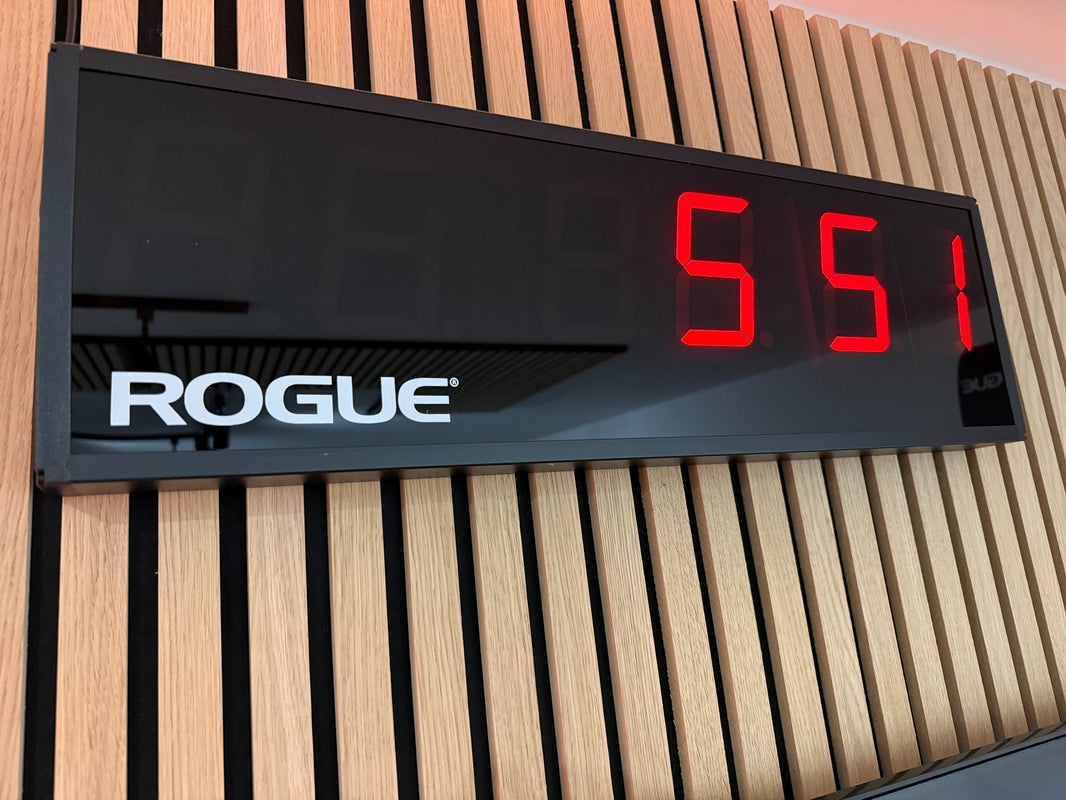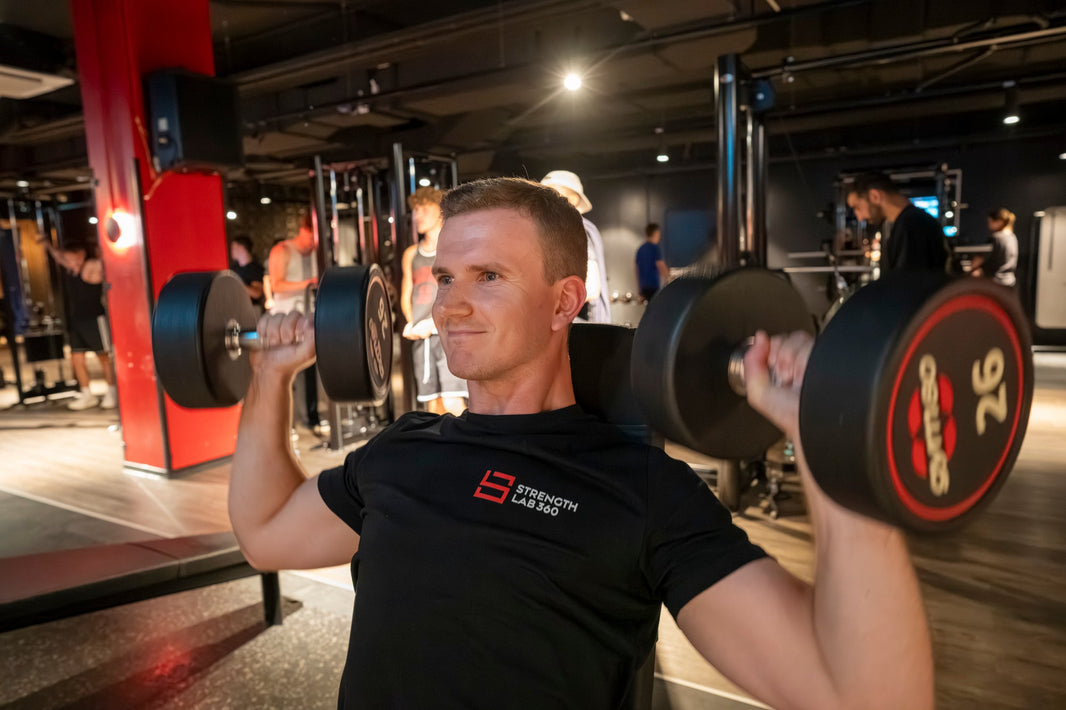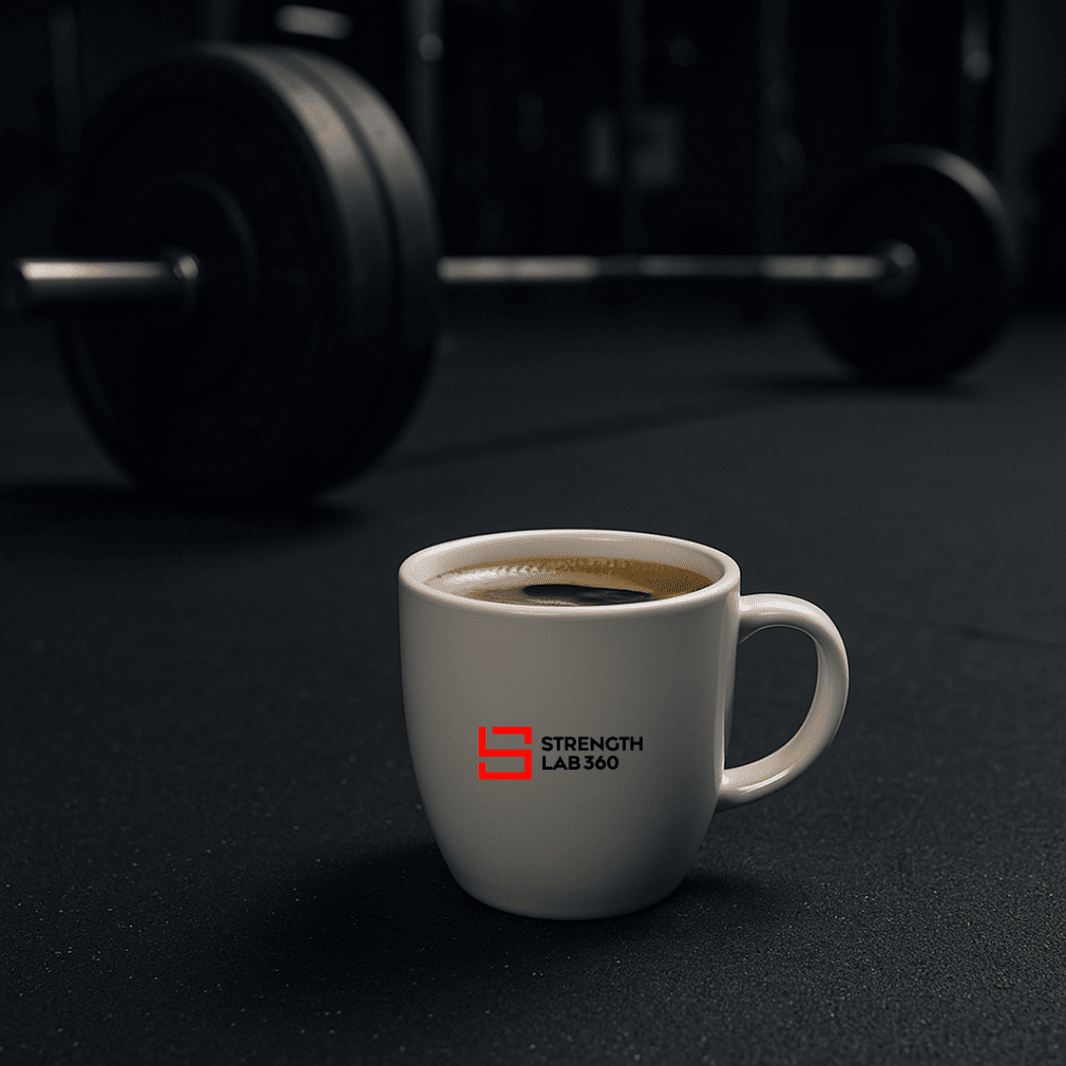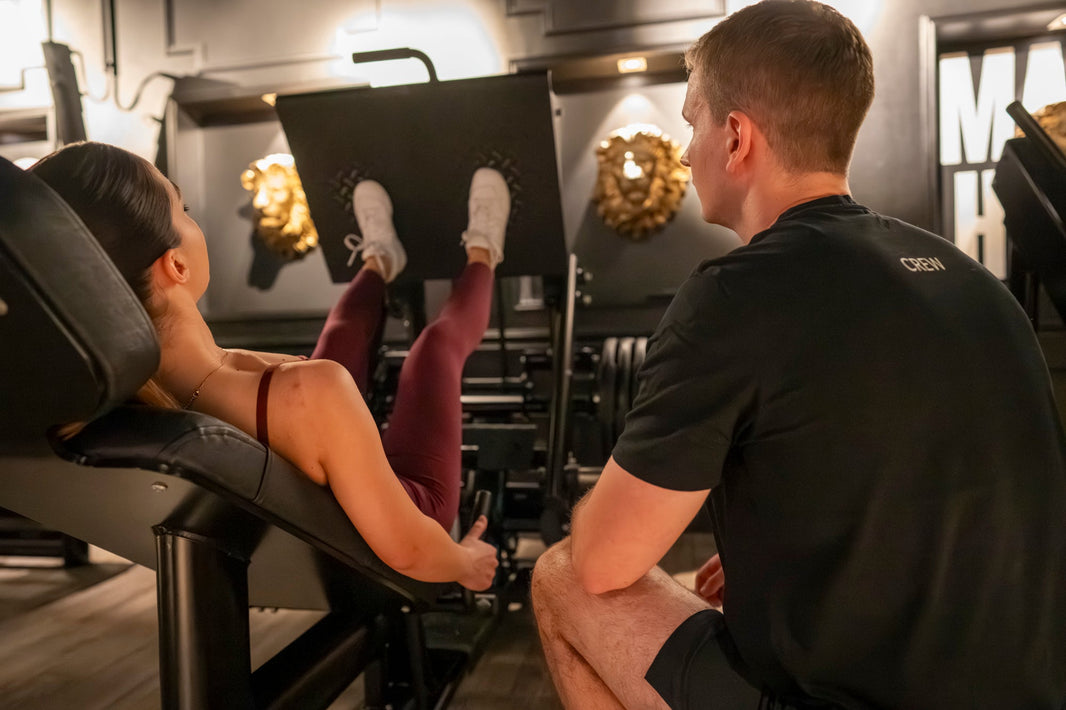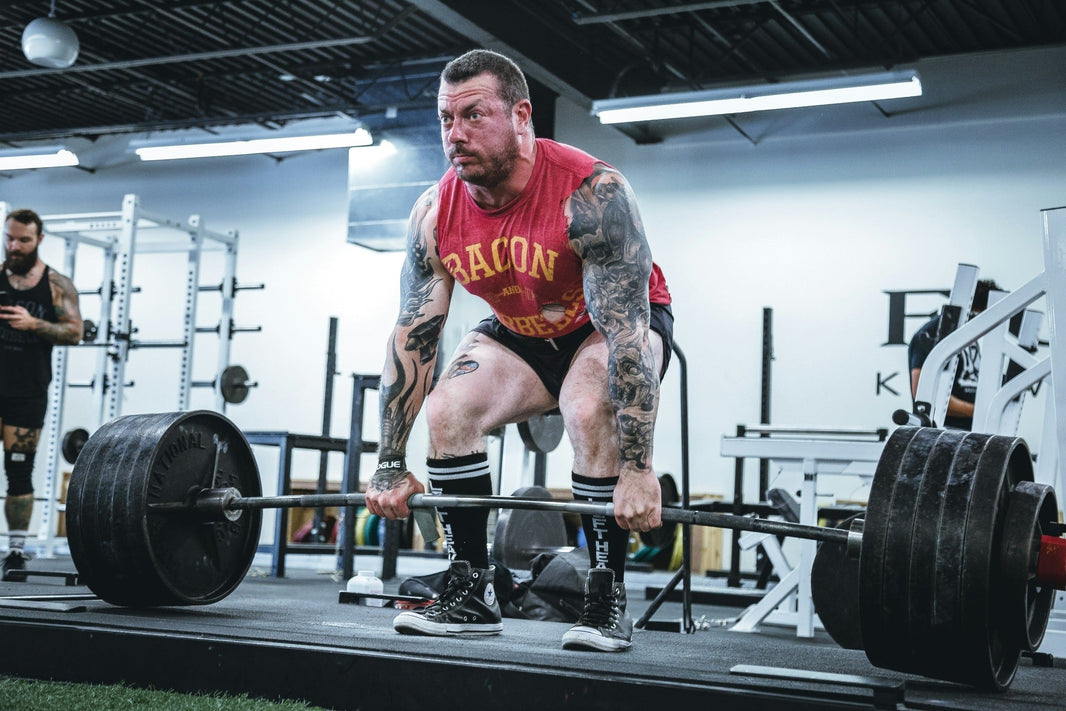Eccentric Training for Strength and Size: Why Slowing Down Can Speed Up Your Gains and Upgrade your Strength Training
In the world of resistance training and strength development, most lifters focus on how much weight they can lift—not how they lower it. But research reveals that the eccentric portion of a lift—the lowering phase—holds great potential for increasing muscle size, strength, and performance. Eccentric training, often overlooked or misunderstood, is emerging as a scientifically backed training modality that can supercharge your progress.
This matters because eccentric muscle actions allow you to handle heavier loads and generate greater mechanical tension than concentric movements. That makes them especially valuable for advanced athletes or anyone hitting a progress plateau. In this article, we’ll dive into the mechanisms behind eccentric training, explore recent findings, and give you practical strategies to implement this powerful method into your strength training program.
What Is Eccentric Strength Training?
Eccentric training focuses on the eccentric phase of a lift, which occurs when a muscle lengthens while under tension. Think of lowering a dumbbell in a bicep curl or descending into a squat. This phase contrasts with the concentric phase, where the muscle shortens to lift the weight. This is known as a concentric muscle action.
During eccentric actions, your muscles are capable of producing significantly more force—up to 20–50% more than during concentric movements. That extra force translates to increased mechanical tension, more muscle fiberrecruitment (especially of fast-twitch type II fibers), and ultimately greater muscle hypertrophy when paired with adequate recovery.
How Eccentric Muscle Action Differs From Concentric
Understanding the difference between eccentric and concentric muscle actions is crucial. In a concentric contraction, the muscle shortens as it exerts force (e.g., lifting the barbell). In an eccentric contraction, the muscle resists a load while lengthening (e.g., lowering the barbell). Both are types of muscle contraction, essential for full range muscular development.
Eccentric muscle actions offer a different stimulus than concentric ones. They produce higher force with lower energy cost, create more muscle damage (in a good way), and often result in more pronounced hypertrophy. Concentric contractions are necessary for movement, but eccentric contractions are where the real gains happen—particularly in resistance training aimed at improving both muscle strength and muscle mass.
This form of exercise is widely used in strength and conditioning programs to improve muscle performance across every major muscle group.
The Benefits of Eccentric Exercises
The benefits of eccentric training are multifaceted. First and foremost, eccentric exercises create more mechanical loadacross the entire muscle. This leads to greater tension, microtrauma, and anabolic signaling—all hallmarks of muscle growth.
Secondly, eccentric training tends to target type II fibers more directly. These fast-twitch muscle fibers are not only more powerful but also more prone to hypertrophy. Third, because you can handle more weight during the eccentric phase, eccentric training allows for higher overload without necessarily increasing risk—especially when performed with control.
There's also a neuromuscular benefit: by reinforcing movement patterns and building stability under load, eccentric training enhances technique, posture, and overall force output. Many athletes use eccentric strategies in their training sessions to isolate muscle groups and refine technique.
What Science Says: Schoenfeld’s Meta-Analysis
The most robust evidence for the effect of eccentric training comes from the 2017 meta-analysis by Brad Schoenfeld and colleagues. This review analyzed 15 studies comparing eccentric versus concentric resistance training, focusing on outcomes like muscle size and strength.
Key findings include:
-
Eccentric training produced ~10% increases in muscle mass, compared to ~6.8% for concentric-only training.
-
Eccentric protocols favored type II fiber development, crucial for performance and power athletes.
-
Regional hypertrophy differed: eccentric training enhanced growth toward the ends of the muscle, while concentric training favored the midsection.
These insights suggest that both modes have value—but eccentric movements offer a unique advantage in maximizing the muscle response to training.
Why Eccentric Movements Trigger More Growth and Increases Strength
There are several reasons why eccentric movements are particularly effective for hypertrophy and strength:
-
Higher mechanical tension: Eccentric contractions expose muscles to more load, which is a direct signal for growth.
-
Greater motor unit recruitment: Eccentrics tend to activate high-threshold motor units, especially in skeletal muscle rich in fast-twitch fibers.
-
More muscle damage: The microtrauma induced by eccentric loading promotes remodeling, leading to muscle growth and adaptation.
-
Increased force capacity: Because eccentric strength exceeds concentric strength, heavier loads can be safely introduced during the eccentric phase.
This increased force produced by the muscle during an eccentric contraction can result in greater overload and improved adaptations. These factors contribute to increases in muscle force and power, enhancing overall training outcomes.
Does Speed Matter? Slow vs. Fast Eccentrics
One of the most debated topics in eccentric training is tempo. Should you lower the weight quickly or slowly? Research suggests that slow eccentrics—lasting between two to four seconds—are most effective for hypertrophy and safety.
Slow eccentrics allow for:
-
Better control over the muscle action
-
Improved mind-muscle connection
-
More uniform muscle fiber recruitment
-
Lower injury risk compared to fast, uncontrolled descents
While fast eccentrics may have a place in explosive athletic development, they don’t outperform controlled tempos in terms of muscle growth. The benefits of eccentric training are clearer when combined with muscle lengthening over a longer time under tension.
Practical Application, How to Use Eccentric Training in Your Training Program to Build Muscle
There are several ways to integrate eccentric work into your current program without reinventing the wheel. First, simply emphasize the eccentric phase of your current exercises. Take 3–5 seconds to lower the weight during squats, presses, and rows.
Next, consider implementing tempo prescriptions in your programming. For example, a 4-1-X-0 tempo on a bench press (four seconds down, one-second pause, explosive lift, no pause at the top) increases eccentric tension while reinforcing control.
For advanced protocols, try:
-
Supramaximal eccentrics: Use a heavier weight than you can lift concentrically with the help of a spotter, focusing on the eccentric descent.
-
Flywheel training: Devices that resist both concentric and eccentric phases, emphasizing resistance during the lowering portion.
-
Single-limb eccentrics: Use two limbs to lift, and one to lower. This allows heavier loading during the eccentric action with less systemic fatigue.
These strategies can be used across different eccentric training modalities to improve muscle function and enhance results.
Which Exercises Are Best for Eccentric Training?
While most resistance exercises can incorporate eccentric focus, some are better suited than others.
Great examples include:
-
Pull-ups: Even if you can’t perform them concentrically, lowering yourself slowly builds eccentric strength.
-
Squats (especially Bulgarian split squats): Emphasizing the descent challenges stability and coordination.
-
Bench press: Controlled lowering with a spotter ensures safety and maximizes muscle tension.
These types of eccentric exercise are effective for any major muscle group, making them ideal tools for training to improve strength and size.
Managing Fatigue and Avoiding Injury
Eccentric training isn’t without risks. Due to its high mechanical load, it’s more fatiguing than traditional strength work. If not managed well, it can result in excessive muscle soreness, strain, or injury.
To stay safe:
-
Ramp up volume and intensity gradually
-
Prioritize rest and nutrition
-
Monitor for signs of overtraining or joint discomfort
-
Cycle eccentric-heavy phases with lighter, concentric-focused training
It's also important to recognize signs of delayed onset muscle soreness, or DOMS, which often occurs after eccentric-dominant workouts. Managing onset muscle soreness through proper recovery ensures sustainable results over time.
Smart programming ensures that you enjoy the benefits of eccentric training without undermining your long-term progress.
Final Thoughts
Eccentric training is a very powerful, research-supported tool for building muscle and increasing strength. By focusing on the lengthening phase of a lift, you unlock greater mechanical tension, improve motor unit recruitment, and stimulate more effective muscle growth.
Whether you're a beginner learning to control your tempo or an advanced lifter looking for new ways to challenge your body, eccentric training deserves a place in your strength training routine. From everyday strength to elite performance, it’s not about lifting more—it’s about lowering better. Slow down, feel the tension, and use eccentric training intelligently to watch your physique respond.

